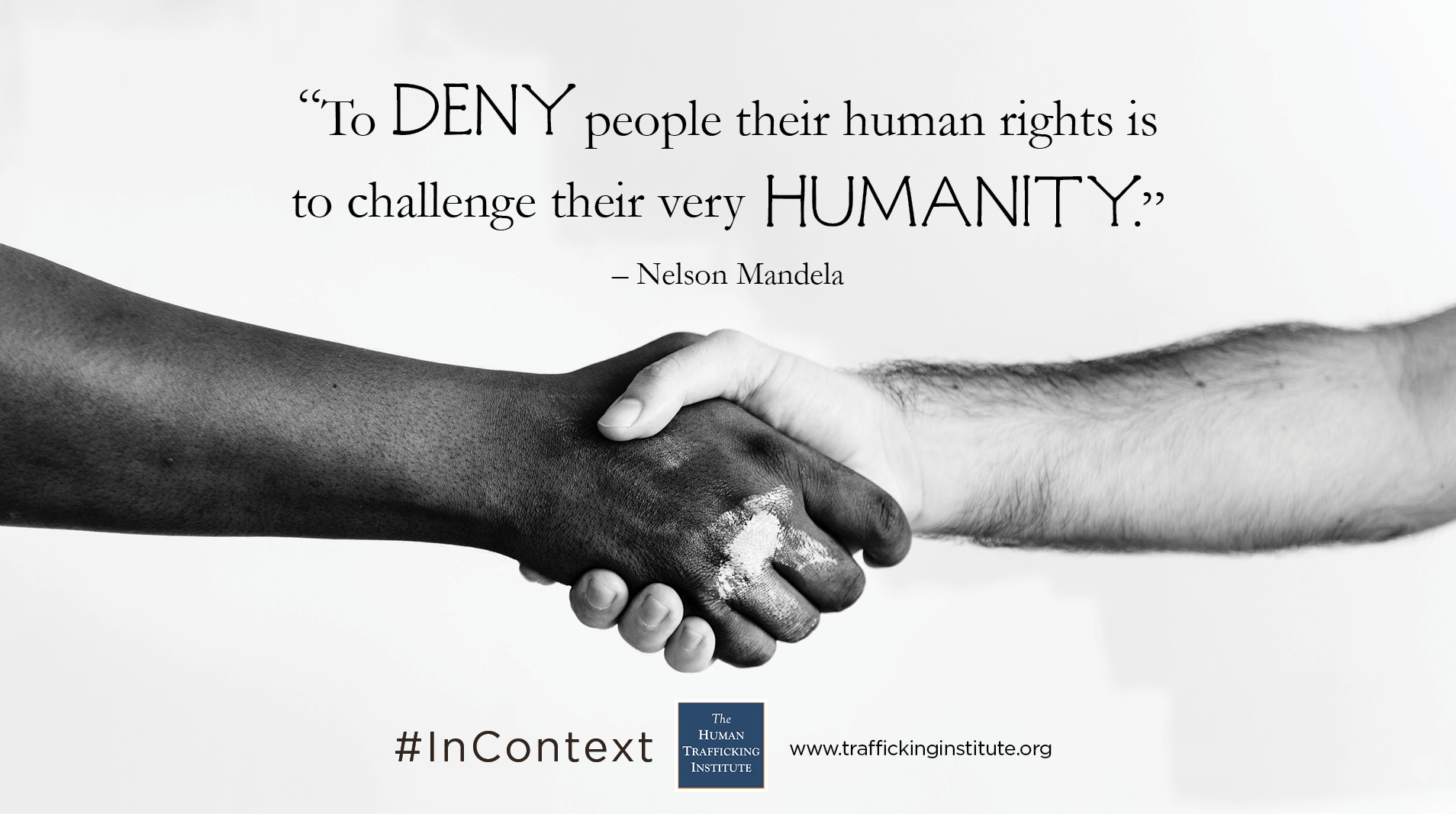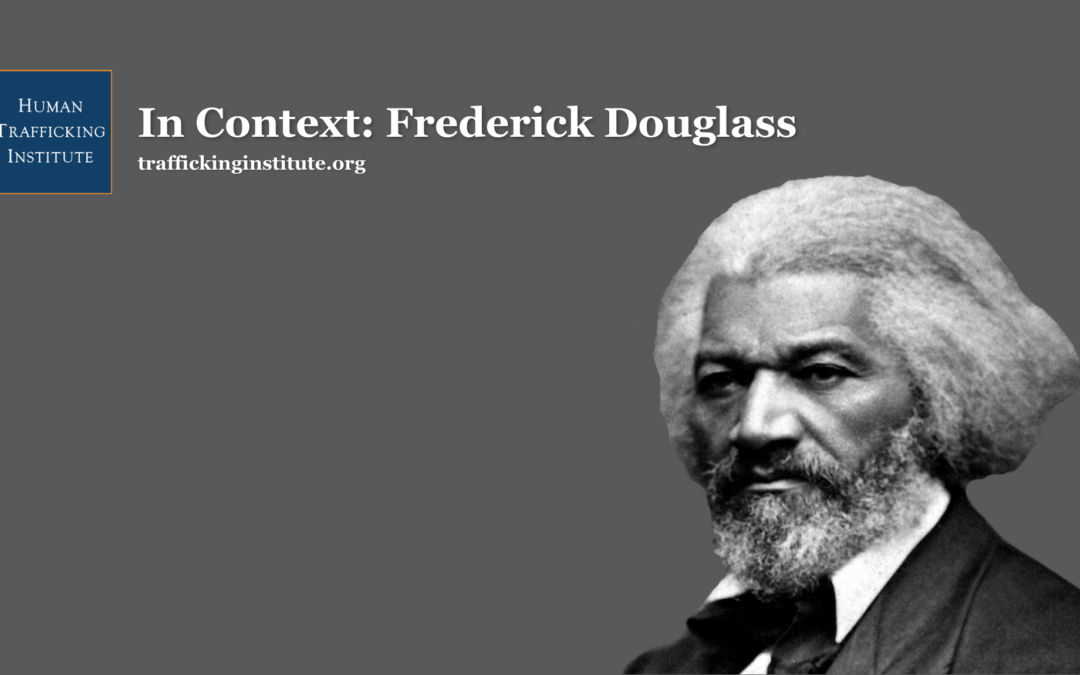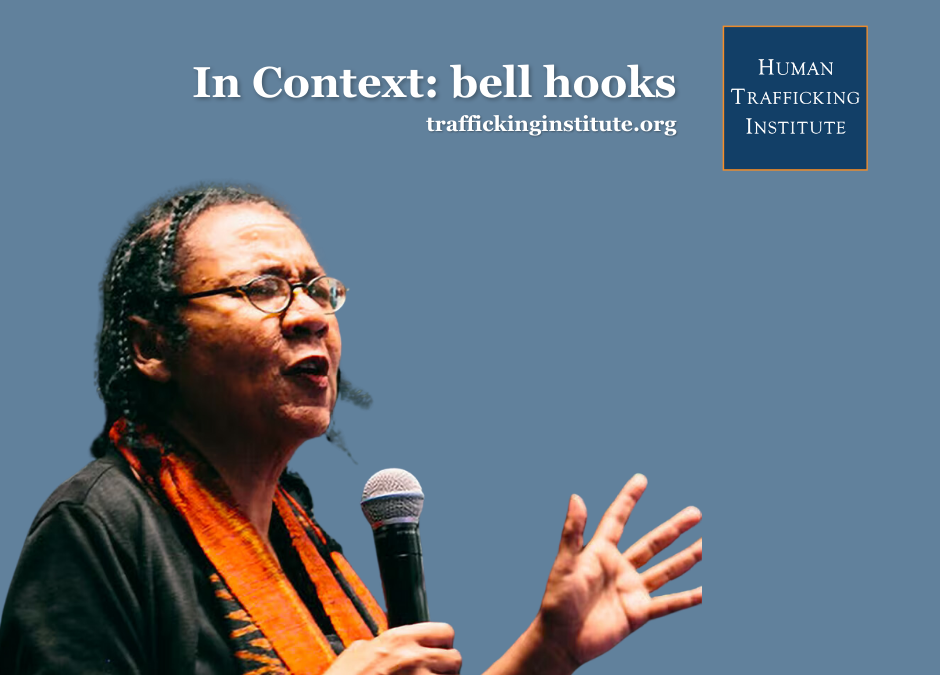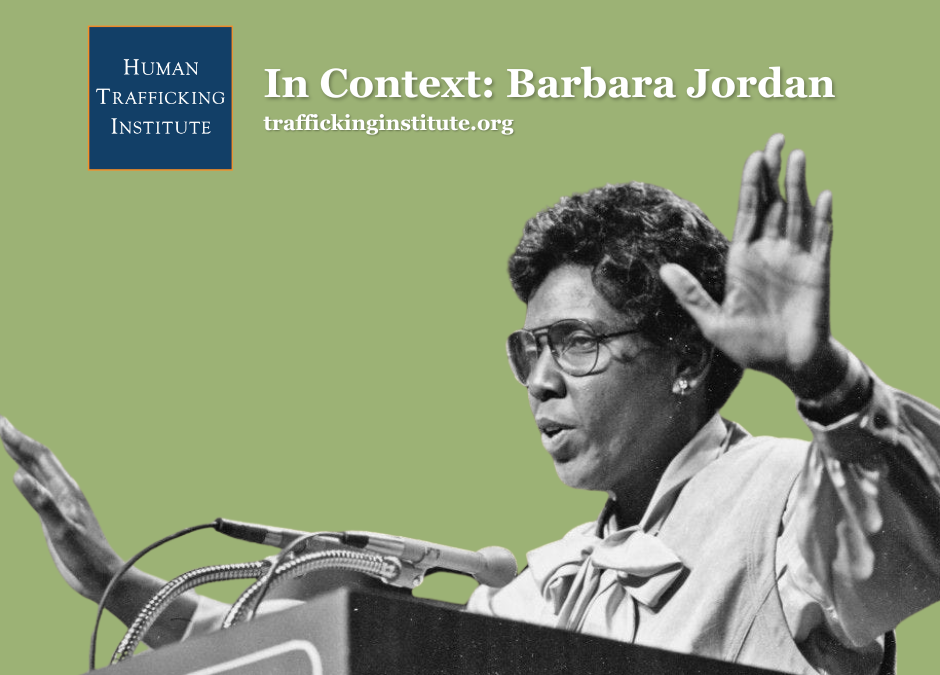The concept of struggle for humanity is a common trope endured by many individuals in the world, and Nelson Mandela is no exception. Born on July 18, 1918, Mandela grew up in South Africa and into a way of life that was vulnerable to segregation coupled with racism, eventually leading him to become a leader in both peaceful protest as well as armed resistance.
From an early age, Mandela developed a progressive movement mindset and chose to stand up for equality and against injustice. He enrolled at the University College of Fort Hare, but did not complete the degree because he was expelled for joining in a student protest.
In 1948, South African politics were controlled by the National Party, which introduced apartheid, literally translated to mean ‘apartness.’ Framed in a manner to appear as equal cultural development and expression, it was anything but that. Through this systematic segregation, groups of Africans were separated and forced to grow and develop in race-specific regions. Interracial relationships were prohibited by laws such as the Prohibition of Mixed Marriages Act of 1949, and even being a friend to an individual of a different race was enough to solicit distrust and suspicion upon those individuals. Given that South Africa’s black population increased from 68.6 percent to 76 percent during the years of apartheid (1946-90), it was a social system that disadvantaged the majority of the population simply due to skin color.
After exposure to this system, Mandela became increasingly involved, politically, from 1942 onward. He joined the African National Congress (ANC) in 1944 in an effort to engage in a resistance movement to combat apartheid and even going as far as to help form the ANC Youth League (ANCYL). He rose through the ranks of the ANCYL and, through his efforts, the ANC adopted a more radical mass-based policy known as the Programme of Action in 1949.
Despite these efforts, apartheid was a forced to be reckoned with, with legislation being passed such as the Population Registration Act of 1950, which demanded people be registered according to their racial group, accompanied by the act that started physical separation between races known as the Group Areas Act of 1950 causing a gridlock on many of Mandela’s efforts. Throughout the process, however, he never let it prevent him from fighting for the cause. Mandela made a concerted effort to not fight racism with racism and instead became a leader of peaceful protest.
In response to The Rivonia Trial, in which unarmed citizens were protesting apartheid, Mandela began intravenous efforts to subvert the government and delivered a speech famously known as his Speech from the Dock. This event led Mandela and seven other individuals involved to go on trials for their lives, and subsequently become convicted of sabotage. The next day – June 11, 1964 – all, including Mandela, but one white individual, were sentenced to life imprisonment on Robben Island.
After remaining imprisoned for nearly 30 years, Mandela was released after F.W. de Klerk became South African president in 1989. De Klerk set about dismantling apartheid by lifting the ban on the ANC and suspending executions. On February 11, 1990, Mandela was free. Throughout his imprisonment, he had rejected at least three conditional offers of release, not willing to compromise his deeply-rooted truths.
Only a few months after being released from prison, Mandela made his first address to a joint U.S. Congress on June 26, 1990. In his speech, he addressed the struggles South Africa faced with apartheid and the National Party and detailed how such injustices didn’t just compromise the cultures of different races, it dehumanized them entirely, stating:
“To deny people their human rights is to challenge their very humanity. To impose on them a wretched life of hunger and deprivation is to dehumanize them. But such has been the terrible fate of all black persons in our country under the system of Apartheid.”
Mandela’s appearance in the United States was well-received, as many individuals paralleled his story facing racism in his country to that of the American Civil Rights Movement. Mandela went on to become the ANC president in 1991, and ultimately became the first democratically-elected president of South Africa on May 1994. He kept his promise of leading for a fixed amount of time, and chose to step down in 1999, living a peaceful life until his death in 2013.
Nelson Mandela represents not only hope for the future but the embodiment of struggle for a cause. No matter the amount of progress we make, there is always work to be done, and the cost of freedom and humanity is worth whatever lies before us. The struggle to end human trafficking – another form of slavery – is far from over, and determining factors are how we utilize our time and resources and how far we are willing to go to fight for the cause.




